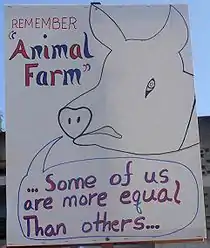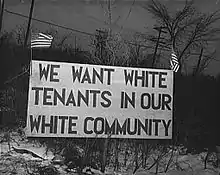| Completion status: this resource is ~25% complete. |

Prejudice is a valenced (i.e., can be positive or negative) attitude that is unwarranted (Allport, 1954[1]). Although prejudice is often regarded as morally wrong, sorting members of a social group into a negative category may simply be part of a natural tendency towards social categorisation. (Augoustinos, 1994[2]).

Contact theory

Allport specified four conditions for optimal intergroup contact:
- equal group status within the situation,
- common goals,
- intergroup cooperation and
- authority support.
Intergroup contact theory suggests that quality contact (i.e., contact that facilitates effective interaction) can reduce negative attitudes by eliciting positive emotions (Pettigrew, 1998)[3].
References
- ↑ Allport, G. W. (1954). The nature of prejudice. Reading MA: Addison-Wesley.
- ↑ Augoustinos, M., Ahrens, C., & Innes, J. M. (1994). Stereotypes and prejudice: The Australian experience. British Journal of Social Psychology, 33(1), 125-141.
- ↑ Pettigrew, T. F. (1998). Intergroup contact theory. Annual Review of Psychology, 49, 65-85.
See also
- Aggression
- Empathy
- Prejudice Keywords
- Prejudice (Neill, 2008, Lecture notes)
- Social exclusion
External links
- Prejudice Mob (Murdoch University, Australia)
This article is issued from Wikiversity. The text is licensed under Creative Commons - Attribution - Sharealike. Additional terms may apply for the media files.